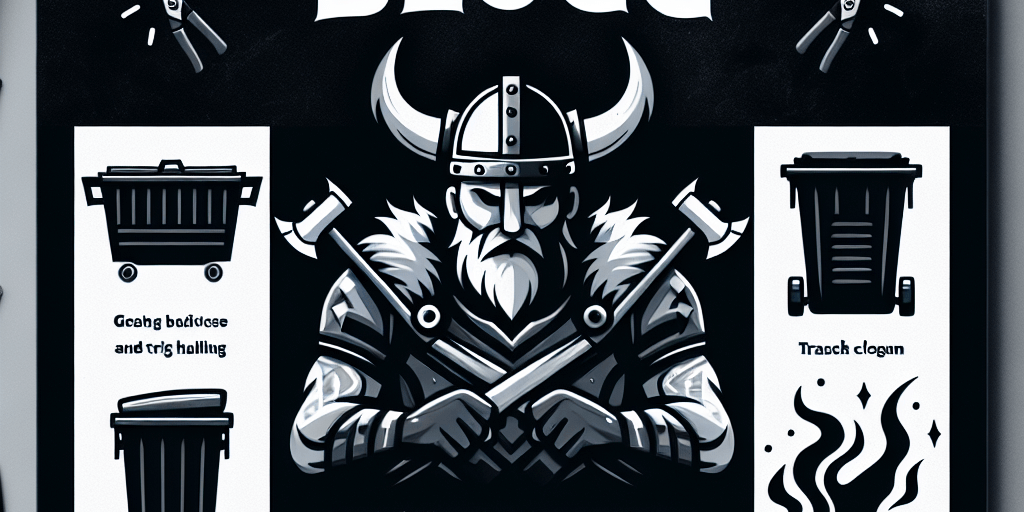What Is the Least Donated Item to the Homeless?
Introduction
When we think about the word “community,” images of neighbors supporting one another often come to mind. In the El Cerrito Plaza Area and across Alameda County, our collective strength lies in how we uplift the most vulnerable among us. One crucial way to do so is through donations to the homeless, a lifeline for many individuals and families in need.
For many homeowners in the El Cerrito community, donating to clothing drives or food pantries feels instinctive—a natural way to give back. Yet, despite our best intentions, certain essential items for those experiencing homelessness are regularly overlooked. By shedding light on the gap between what’s donated and what’s truly needed, we can explore how to be more mindful givers and make a lasting impact.
Identifying the Least Donated Items
Homeless shelters and outreach programs consistently report a shortage in donations of specific, yet deeply essential, items. Among the most under-donated are socks, underwear, basic hygiene products (especially personal care items like deodorant, toothpaste, and feminine hygiene products), and seasonally specific gear such as raincoats and thermal blankets.
Socks and underwear, in particular, are rarely donated because most people do not think to purchase these items new for donations. Yet, they are among the most requested—even vital—items for those without stable housing. Personal hygiene products are similarly neglected. Things we often take for granted, like shampoo or menstrual products, can make an enormous difference for someone striving to maintain their dignity while living on the streets.
Seasonal items like ponchos, gloves, and durable rain gear are another category of less-considered donations. When the temperatures drop or rain pours, shelters struggle to provide adequate protection against the elements. Think about this: how often do we instinctively donate jackets we’ve outgrown, but forget to add a pack of new socks or thermal wear to the mix?
Reasons These Items Are Overlooked
The underlying reasons why these essentials go overlooked are complex, but often stem from a lack of awareness. Most donors gravitate toward items they’ve cleaned out of their closets—used clothing or canned goods that they no longer need. The focus tends to be on convenience rather than specificity, contributing to the imbalance in what shelters frequently receive.
Another factor? The subtle societal discomfort with certain personal-care topics. Feminine hygiene products, for example, are rarely top of mind for donors, partly because the need for these items isn’t widely discussed. Similarly, underwear and socks—such intimate, everyday necessities—don’t carry the same visibility as coats or scarves in most donation drives.
With a little more awareness and intention, we can break these patterns. By looking beyond the usual and considering what’s truly useful, homeowners in El Cerrito can fill critical gaps in the donation pipeline.
The Impact of Donating These Overlooked Items
The difference these rarely donated items can make is profound. A single pair of clean socks can be the difference between chronic blisters from ill-fitting shoes and the ability to walk comfortably to a job interview. A fresh set of underwear can offer someone a renewed sense of dignity—a luxury so easy to lose in the struggle for survival.
Think about the confidence that comes with basic hygiene. For someone facing homelessness, access to soap, shampoo, or deodorant is a step toward regaining normalcy, even when circumstances feel anything but ordinary. Similarly, receiving a new raincoat during a sudden storm isn’t just a matter of comfort—it’s protection against falling ill.
Stories from shelters across Alameda County are filled with poignant reminders of this impact. One local organization recounts how just donating socks transformed their ability to meet the needs of people newly arriving for help. Imagine what could happen if our entire community rose to the challenge of re-balancing how we donate.
How El Cerrito Homeowners Can Make a Difference
Supporting the homeless with these oft-overlooked items doesn’t have to be complicated. El Cerrito homeowners can start small by adding a few extra packs of socks, underwear, or travel-sized toiletries to their shopping carts and delivering them to local shelters around the Plaza or within Alameda County.
Consider reaching out to organizations like food pantries, women’s shelters, and homeless outreach centers to ask about specific needs. Participating in or organizing a neighborhood drive can amplify your contributions. Team up with schools, churches, or community centers to collect bulk donations focused exclusively on these essential items. Sometimes, it’s about starting a conversation—letting friends and neighbors know what’s least donated, and encouraging them to pitch in too.
Utilizing Sons of Odin Hauling Services
If the idea of decluttering your home for a good cause appeals to you, Sons of Odin Hauling is here to make the process seamless. Whether you’re clearing out closets to donate clothing or want to collect and transport bulk items like cases of socks or toiletries, our waste hauling and dumpster rental services offer a practical solution.
Need to organize a community donation drive? Sons of Odin Hauling can help manage and transport larger loads, ensuring those vital items make it from your neighborhood to local shelters efficiently. With our bobcat/skid-steer services, we can even support larger-scale efforts by clearing out spaces to serve as collection hubs or temporary storage areas. Whatever your donation goals are, we’re here to help you take action.
Conclusion
Making a meaningful difference in the fight against homelessness doesn’t always mean making grand gestures. Sometimes it’s as simple as donating a new pair of socks, a warm raincoat, or some small toiletries. These often-overlooked items can restore dignity and improve the quality of life for those in the most challenging circumstances.
As homeowners in the El Cerrito Plaza Area, we have the collective power to change how we approach giving—and to inspire our neighbors to do the same. Together, let’s move beyond the overlooked, and elevate our donations to truly meet the needs of our community. After all, generosity isn’t just about giving. It’s about giving with intention. Let’s start today.







